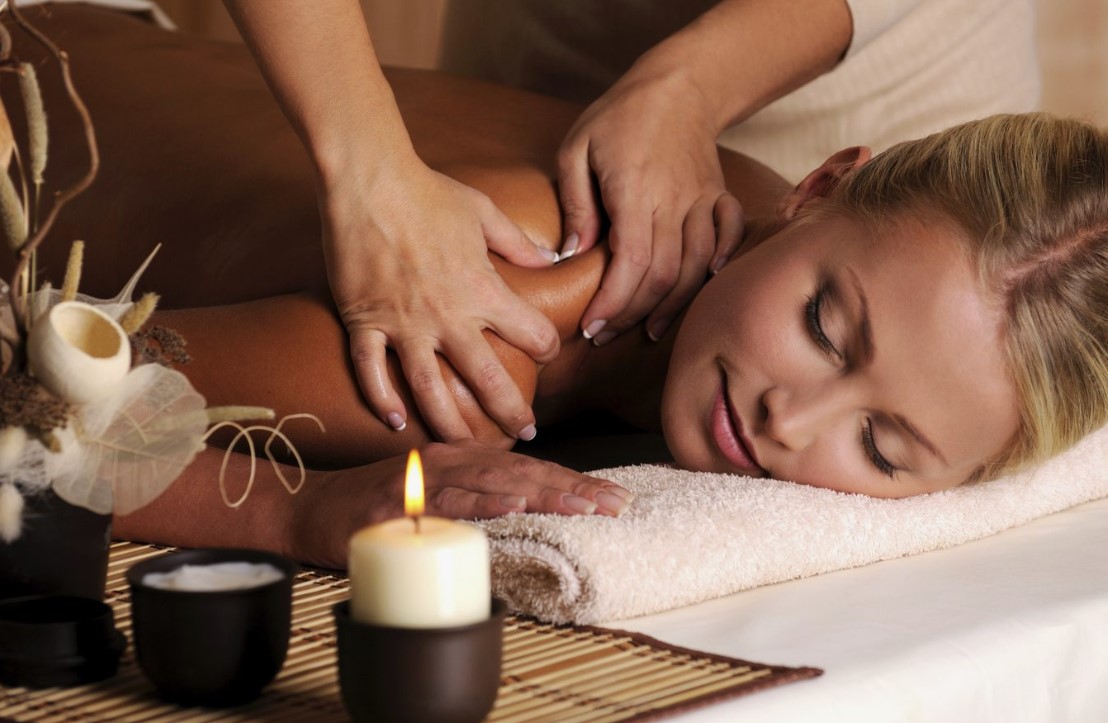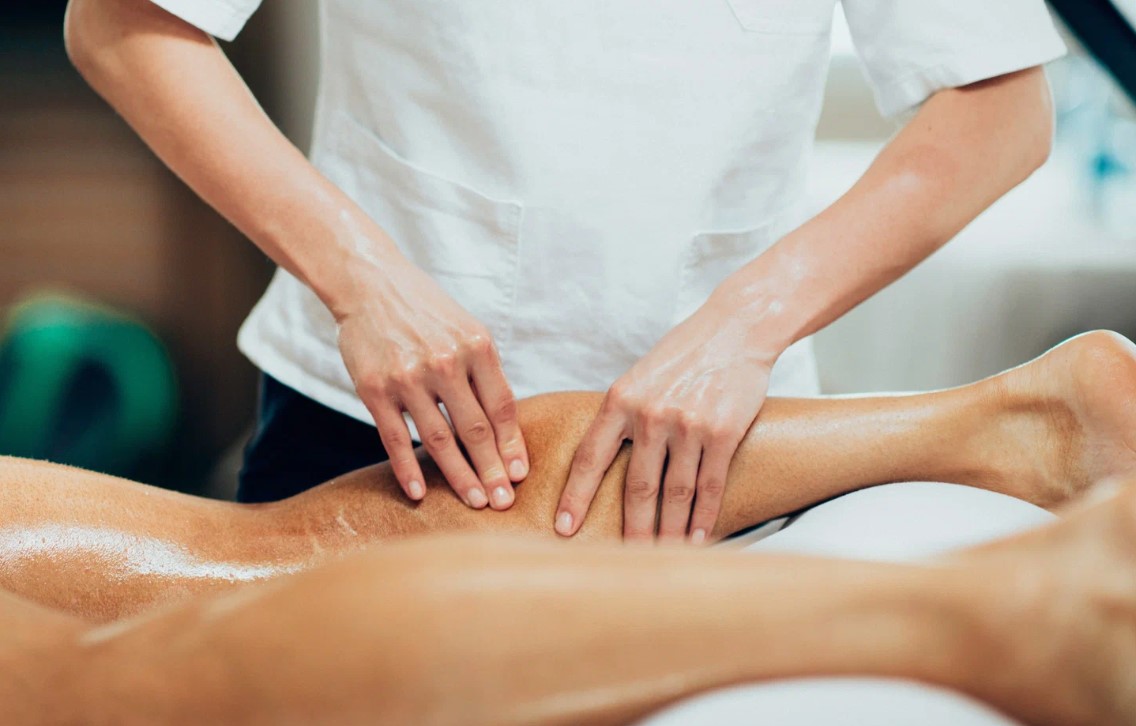A relaxing massage is more than just a physical treatment; it is a holistic experience that improves body health, eases muscle tension, and rejuvenates both body and mind. For those living in the bustling environment of large cities, where stress and overexertion are common, a full-body massage at EuroSpa can be a sanctuary. This article delves into the various types of massages that promote deep muscle relaxation, popular techniques used in these therapies, and the effects and precautions that should be considered before undergoing such treatments.
Page Content
Types of Massages for Deep Muscle Relaxation
For effective deep muscle relaxation, different types of massages target specific muscle groups or utilize unique techniques. Some of the most popular options include:
1. Swedish Massage
Swedish massage is one of the most well-known types, often sought after for its gentle yet effective approach to muscle relaxation. The therapist uses soft, long, kneading movements alongside rhythmic, tapping motions that focus on the upper muscle layers. Additionally, passive limb movements are incorporated, enhancing flexibility and reducing muscle tension. This type of massage is ideal for those looking to relax and unwind, as it promotes both physical and mental relaxation.
2. Stone Therapy with Hot Stones
Stone therapy, or hot stone massage, is a popular method in which the therapist applies heated stones to specific body areas, often focusing on acupressure points. The heated stones penetrate the skin and transfer warmth to the muscles beneath, helping to dissolve muscle knots and reduce stress. Stone therapy is highly effective for those who need a more intense relaxation experience, as the heat enhances blood flow and provides a profound sense of calm.
3. Myofascial Release
A myofascial release massage, typically performed by a chiropractor or massage therapist trained in therapeutic techniques, focuses on releasing tension in the connective tissues (fascia). Even after one session, clients can feel a noticeable reduction in stiffness, improved flexibility, and a release of muscular tightness. This type of massage is beneficial for individuals who have specific tension points or chronic muscle stiffness, as it offers long-lasting relief.

Techniques Used in a Relaxing Massage
Several techniques are utilized to ensure an effective and satisfying relaxing massage. Each method has a distinct purpose and targets different layers or areas of the body.
🡪Stroking
Stroking is a gentle technique performed at the beginning and end of a massage session, setting a relaxing tone. Using either the whole hand or just the palm’s edge, stroking helps increase blood flow to the skin and muscles, warming up the area for deeper techniques.
🡪Kneading
Kneading applies deeper pressure and is typically done with the pads and phalanges of the fingers. The therapist may use one hand on top of the other to apply greater force, effectively loosening up tight muscles. This technique works well for breaking down muscle knots and improving flexibility.
🡪Rubbing
This involves shifting the skin at an angle and moving the palm in a zigzag motion. Rubbing is beneficial for stimulating circulation and enhancing the oxygen flow to sore areas, which helps in relieving pain and stiffness in muscles.
🡪Patting
Patting, or tapping, is a localized technique where the therapist uses the outer edge of the palms to deliver quick, light blows to certain muscles. This method is often applied to areas where muscle stiffness is present, and it’s also stimulating, helping to energize and awaken the body.
🡪Rolling
The therapist rolls their hands over the muscle areas with a gentle rhythm, which is especially suitable for individuals with delicate muscles or injuries. Rolling can reduce pain and tension without overwhelming the muscle tissue, making it a preferred technique for those with sensitive muscles.
🡪Vibrations
Vibrations involve circular movements with a higher intensity. This technique reaches deep layers of muscle, relieving tension and stimulating nerves. It’s especially useful for achieving a profound level of relaxation and easing chronic stiffness.
The General Flow of a Relaxing Massage
A general relaxing massage typically begins at the feet and gradually moves upward through the body. The session’s sequence allows for a smooth transition from one area to the next, ensuring each part receives the needed attention. The process is as follows:
- Feet: The massage begins with the feet to ground the body and relieve tension in this often-overlooked area.
- Shins and Thighs: The massage moves to the shins and thighs, releasing tension in the legs and promoting relaxation.
- Back: Working on the back helps alleviate stress accumulated in the core muscles.
- Arms and Shoulders: After addressing the back, the massage therapist moves to the arms, forearms, and shoulders, relieving upper body tension.
- Neck and Cervical Vertebrae: Lastly, the neck area is massaged, focusing on the cervical vertebrae to ease tension and improve mobility in the upper spine.
This sequence promotes full-body relaxation and harmonizes the energy flow within the body.
Benefits of Regular Full-Body Massages
To fully benefit from deep muscle relaxation massages, a series of sessions is recommended. A course of 10-15 massages helps to achieve the maximum relaxation and health benefits:
🡪Increased Blood Circulation: Regular massages improve blood flow, delivering more oxygen to muscles and aiding in quicker recovery.
🡪Enhanced Flexibility and Mobility: The reduction in muscle tension and improved blood flow contribute to increased range of motion and overall flexibility.
🡪Reduced Stress and Anxiety: Massage therapy stimulates the production of serotonin and endorphins, chemicals that reduce stress and induce a feeling of well-being.
🡪Pain Relief: Many types of pain, especially chronic pain related to muscles, can be alleviated through consistent massages.
🡪Improved Sleep: With reduced stress levels and relaxed muscles, many people experience better sleep quality after regular massages.

Important Considerations and Potential Risks
While the benefits are numerous, it is crucial to be aware of potential risks and to communicate effectively with your massage therapist:
🡪Sensitive Skin and Discomfort: Individuals with heightened sensitivity to touch may experience discomfort even with lighter massages. It is essential to inform the therapist to ensure they adjust their techniques.
🡪Risk of Overstimulation: Incorrect use of massage techniques can lead to unwanted side effects, such as exhaustion, irritability, or dizziness. For this reason, it’s crucial to work with a skilled and experienced therapist.
When booking a session, discuss any specific concerns or problem areas with the therapist. They can personalize the session, ensuring both comfort and efficacy.
Choosing a Qualified Massage Therapist
The qualifications of a massage therapist are pivotal. A therapist with medical or sports training is often better equipped to choose appropriate techniques and identify areas that require special attention. If in Dubai, for example, EuroSpa offers highly skilled therapists and various nourishing treatments, including a 60-minute deep relaxation massage for AED 570.
In conclusion, a full-body massage can transform health and wellness by providing relief from physical and mental stresses. Choosing the right type, understanding the techniques, and working with a skilled therapist are essential steps to maximize the benefits of massage therapy and achieve a deeper sense of relaxation and well-being.


